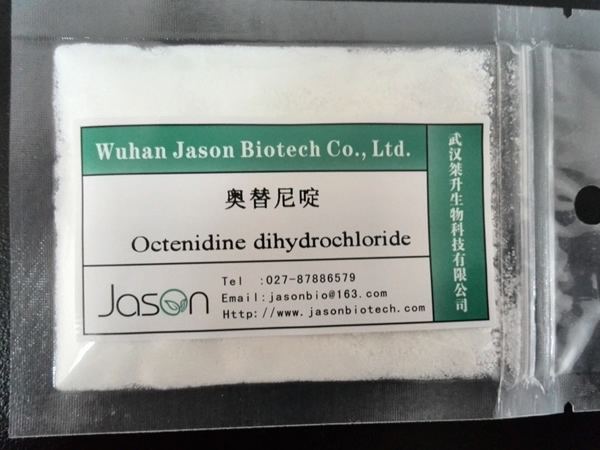 | ||
Octenidine dihydrochloride is a cationic surfactant, with a bolaamphiphile structure, derived from pyridine, active against Gram-positive and Gram-negative bacteria. Since 1987, it has been used primarily in Europe as an antiseptic prior to medical procedures, including neonates.
Contents

Use
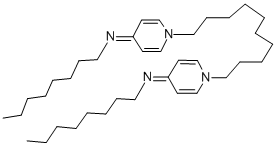
Since 1987, octenidine has been used in Europe as an antiseptic, in concentrations of 0.1-2.0%. It is a substitute for chlorhexidine, with respect to its slow action and concerns about the carcinogenic impurity 4-chloroaniline. Octenidine preparations are less expensive than chlorhexidine and no resistance had been observed as of 2007. They may contain the antiseptic phenoxyethanol.
Efficacy
Octenidine dihydrochloride is active against Gram-positive and Gram-negative bacteria.

In vitro suspension tests with 5 minute exposure time have shown that octenidine requires lower effective concentrations than chlorhexidine to kill common bacteria like Staphylococcus aureus, Escherichia coli, Proteus mirabilis and the yeast Candida albicans.
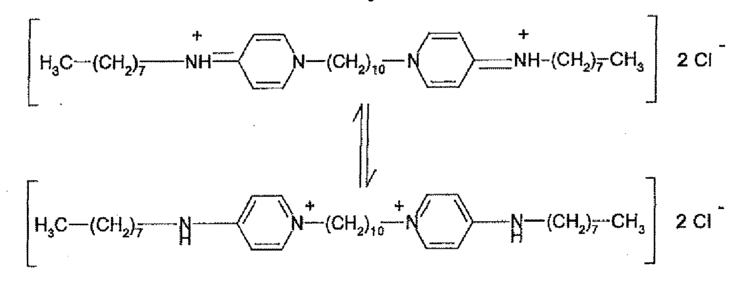
An observational study of using octenidine on the skin of patients in 17 intensive care units in Berlin in 2014 showed decreasing nosocomial infection rates.
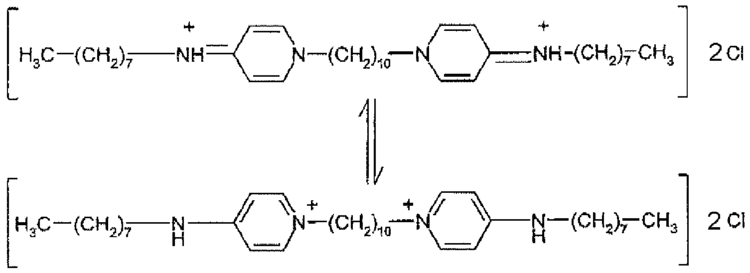
In a survey of German neonatal intensive-care units octenidine without phenoxyethanol and octenidine were the most common skin antiseptics used for intensive-care procedures. Skin complications included blistering, necrosis and scarring, which has not been previously reported in this population.
In a 2016 study of pediatric cancer patients with long-term central venous access devices using octenidine/isopropanol for the disinfection of catheter hubs and 3-way stopcocks as part of a bundled intervention, the risk of bloodstream infections decreased.
Safety
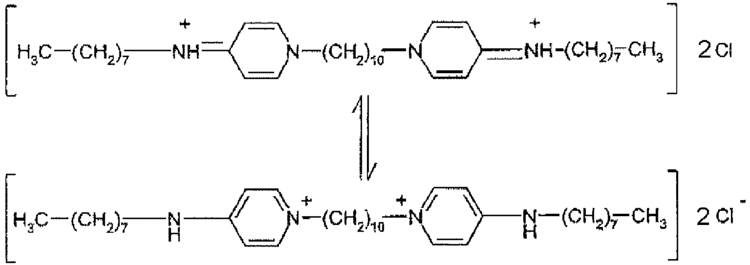
Octenidine is absorbed neither through the skin, nor through mucous membranes, nor via wounds and does not pass the placental barrier. However, cation-active compounds cause local irritation and are extremely poisonous when administered parenterally.
In a 2016 in vitro study of mouth rinses on gingival fibroblasts and epithelial cells octenidine showed a less cytoxic effect, especially on epithelial cells, compared to chlorhexidine after 15 min. Wound irrigation with octenidine has caused severe complications in dogs, aseptic necrosis and chronic inflammation in penetrating hand wounds.
